The activities are pleasurable, They are of paramount importance in the students' learning.
Knowing about direct and indirect speech is essential for developing different types of text.
But after all, what is direct speech? Direct speech is said to be the most common and natural type of speech, characterized by the characters' free expression, making them take on a life of their own during the narration. To learn to differentiate direct and indirect speech, it is essential to know the characteristics of each one.
Characteristics of direct speech:
• It consists of an exact transcription of the characters' speech in the narration, where the narrator does not participate;
• This type of speech is usually preceded by a dash (a punctuation mark that points to when a character, when there is a change of interlocutors and when there is a change for the narrator through a verb of utterance). However, many narration authors prefer to enclose the direct speech in quotation marks (a punctuation mark that indicates a transcription or quotation);
• Direct speech is introduced by utterance verbs, such as: speak, say, comment, ask, answer, observe, murmur, exclaim, shout, advise, etc. The utterance verbs are followed by a colon (punctuation mark).
In today's post, we've separated some exercises for you to practice and exercise your class's knowledge. We hope you like it and that it has positive results:





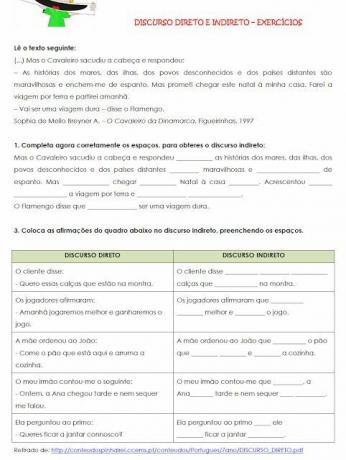
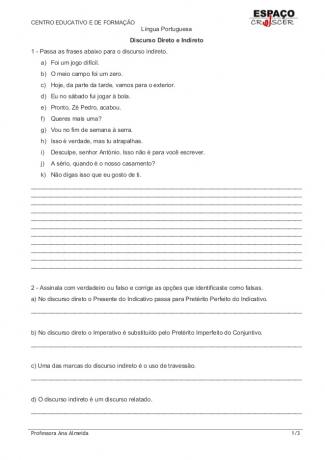
Did you like it? Share this post on your social network
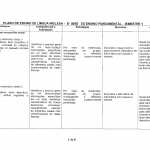 ANNUAL PLAN ENGLISH 6TH TO 9TH YEAR
ANNUAL PLAN ENGLISH 6TH TO 9TH YEAR
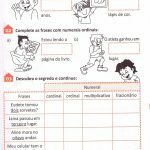 Activities with Cardinal, Ordinal, Fractional and Multiplicative Numerals
Activities with Cardinal, Ordinal, Fractional and Multiplicative Numerals
 ACTIVITIES WITH THE USE OF THE WHY
ACTIVITIES WITH THE USE OF THE WHY
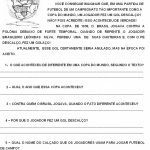 Text Interpretation Activities to Print
Text Interpretation Activities to Print
![Science Descriptors Elementary School [COMPLETE]](/f/49b52b38501cfe470e8f5201ad1eceb3.jpg) Science Descriptors Elementary School [COMPLETE]
Science Descriptors Elementary School [COMPLETE]
 ACTIVITIES WITH DECIMAL NUMBERS
ACTIVITIES WITH DECIMAL NUMBERS
The activities are pleasurable, They are of paramount importance in the students' learning.
This site uses Akismet to reduce spam. Learn how your comment data is processed.